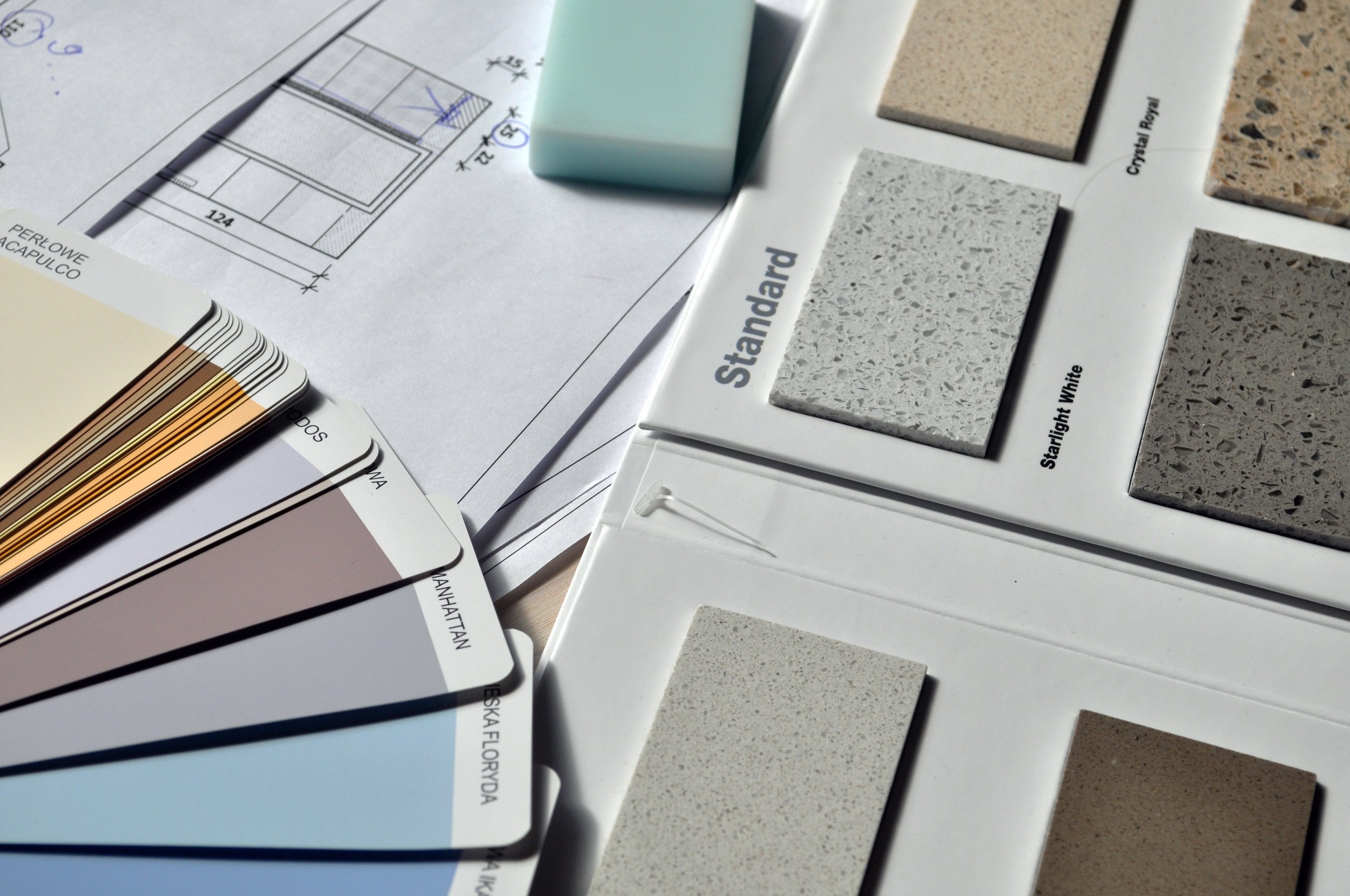How to Choose Interior Paint Colors
Put your best foot forward with the right interior paint choices.
Big decisions about the appearance of your home can be overwhelming, and if you’re making lots of them at once (like you must when you design a custom build), even small decisions become exhausting. Interior paint can make or break the design of a home. Keep things streamlined, simple, and elegant with these three steps.
Take Stock of Your Furnishings and Style
Look around your current living space. Is it full of organics like wood furniture, plants, and nature-based prints? Is your furniture large and antique with marble or solid wood, or more delicate or metal-based? What colors repeat themselves throughout the room? Most importantly, do you like the way it looks or are you going for something much different?
Identifying your current style and the colors that make up your furniture and decor - or your ideal furniture and decor - is an important step to choosing colors that will work to heighten that target style instead of distracting from it. If you’re feeling lost, search “interior design style quiz” to narrow down what you like and don’t.
Choose a Coordinating Palette
Once you’ve figured out what furniture and decor will ultimately occupy each room, you can work to complement it with paint colors.
Although every room doesn’t need to be the same color (and probably shouldn’t be), the colors throughout your home should tie together in order to keep a feeling of flow and prevent each room from feeling disjointed from others in the house.
In general, this is easier to achieve by sticking to neutral colors or lighter pastels. Bright, bold colors are more likely to clash with other rooms, even if they do look appealing in one space, so it’s generally best to avoid colors like bright orange, yellow, or red.
Consider the Purpose of the Room
Your chosen palette gives you a solid menu of options to pick from, so now you can pick colors for each room comfortable in the knowledge that they will complement one another and flow well.
To decide what color to paint each individual room, consider its purpose. Colors work together with our brain chemistry to help make us feel energized, calm, or even anxious, so it’s important to match your wall colors with the general activities in a room.
For example, blues and cool colors help promote calmness, so they work great in bathrooms and bedrooms but might deter from the purpose of a home gym space. Children’s rooms or nurseries will likely be a bit more colorful than the others in the house, but it’s still best to avoid shades of red since they can make sleep and calm tougher to find.
Spaces where socializing or energizing interactions take place are best suited for warmer colors, while cool colors or even darker navy or forest green work well in spaces of relaxation or focus like home offices, master bathrooms, and bedrooms.
Most importantly, your interior paint colors - like the rest of your design choices - should reflect your personality, preferences, and excellent taste! Choose what feels right to you and your family.
Partner with design geniuses and experts to help you customize your home when you work with Atmos to build your dream house.

